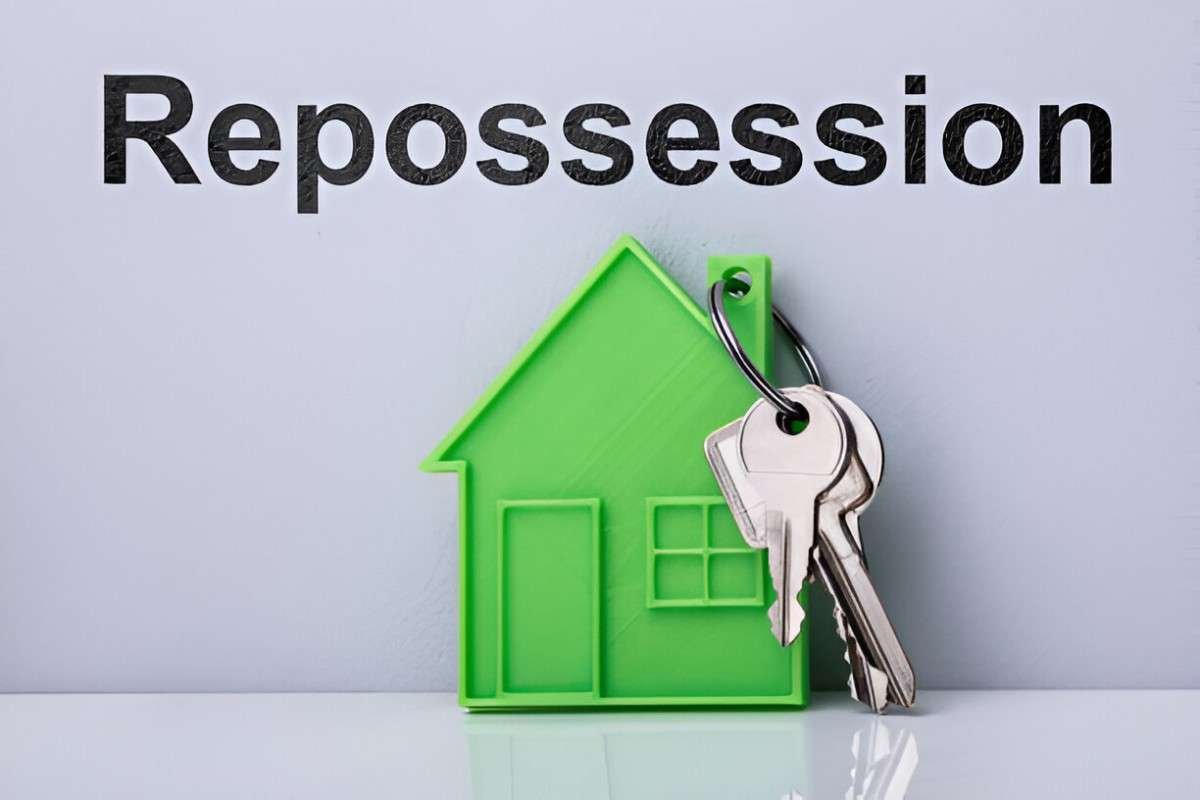When a borrower defaults on a mortgage, lenders have the legal right to take possession of the property through foreclosure. This process, known as mortgagee in possession, allows the lender to secure and manage the property until it can be sold or transferred. As someone who has navigated the complexities of foreclosure law, I understand how critical it is for lenders and borrowers alike to grasp these rights.
Table of Contents
What Is Mortgagee In Possession?
A mortgagee in possession refers to a lender (mortgagee) who takes control of a mortgaged property after the borrower (mortagor) defaults. Unlike a full foreclosure sale, this status allows the lender to manage the property without yet transferring ownership.
Key Characteristics of Mortgagee In Possession
- The lender assumes responsibility for maintaining the property.
- The lender can collect rents if the property is tenant-occupied.
- The lender must avoid waste—actions that reduce the property’s value.
- The lender does not yet own the property but has legal authority over it.
Legal Foundations of Mortgagee In Possession
In the U.S., mortgagee rights stem from state laws and the mortgage contract. Two primary frameworks govern foreclosure:
- Judicial Foreclosure – Requires court intervention. Common in states like New York and Florida.
- Non-Judicial Foreclosure – Follows a power-of-sale clause in the mortgage deed. Used in Texas and California.
Lender Duties and Liabilities
Once in possession, the lender must act prudently. Courts impose fiduciary responsibilities, meaning the lender must:
- Maintain the property to prevent deterioration.
- Pay property taxes and insurance.
- Avoid actions that harm the borrower’s equity.
Failure to uphold these duties can lead to lawsuits. For example, if a lender neglects repairs and the property loses value, the borrower may claim damages.
Financial Implications for Lenders
Taking possession involves costs. Lenders must weigh:
- Carrying Costs – Taxes, insurance, maintenance.
- Opportunity Cost – Funds tied up in the property instead of new loans.
- Depreciation Risk – Market downturns reducing resale value.
Calculating Break-Even Point for Lenders
Lenders assess whether holding the property is financially viable. The break-even point occurs when:
Example:
If holding costs are \$2,000 per month and the lender collects \$1,500 in rent, the deficit is \$500 monthly. If the expected sale profit is \$60,000, the lender must sell within:
This timeline may be unsustainable, forcing a quicker sale at a lower price.
Borrower Rights and Protections
Despite lender control, borrowers retain certain rights:
- Right to Reinstate – Paying arrears to stop foreclosure (in some states).
- Right of Redemption – Repurchasing the property post-foreclosure (varies by state).
- Fair Debt Collection Practices Act (FDCPA) – Protects against harassment.
State Variations in Redemption Periods
| State | Redemption Period |
|---|---|
| Texas | None |
| Minnesota | 6 months |
| Michigan | 1 year |
Case Study: Lender Missteps in Property Management
In Smith v. ABC Bank, the lender failed to winterize a repossessed home. Pipes burst, causing \$50,000 in damages. The court ruled the lender liable for negligence, emphasizing the duty of care.
Strategic Considerations for Lenders
- Quick Sale vs. Holding – Weigh market conditions.
- Rental Income – Assess tenant stability.
- Legal Compliance – Follow state foreclosure timelines.
Conclusion
Understanding mortgagee in possession helps lenders mitigate risks and borrowers protect their interests. By balancing legal obligations with financial realities, both parties can navigate foreclosure more effectively. If you’re a lender, consult legal experts to avoid pitfalls. If you’re a borrower, know your rights to challenge unfair practices.





